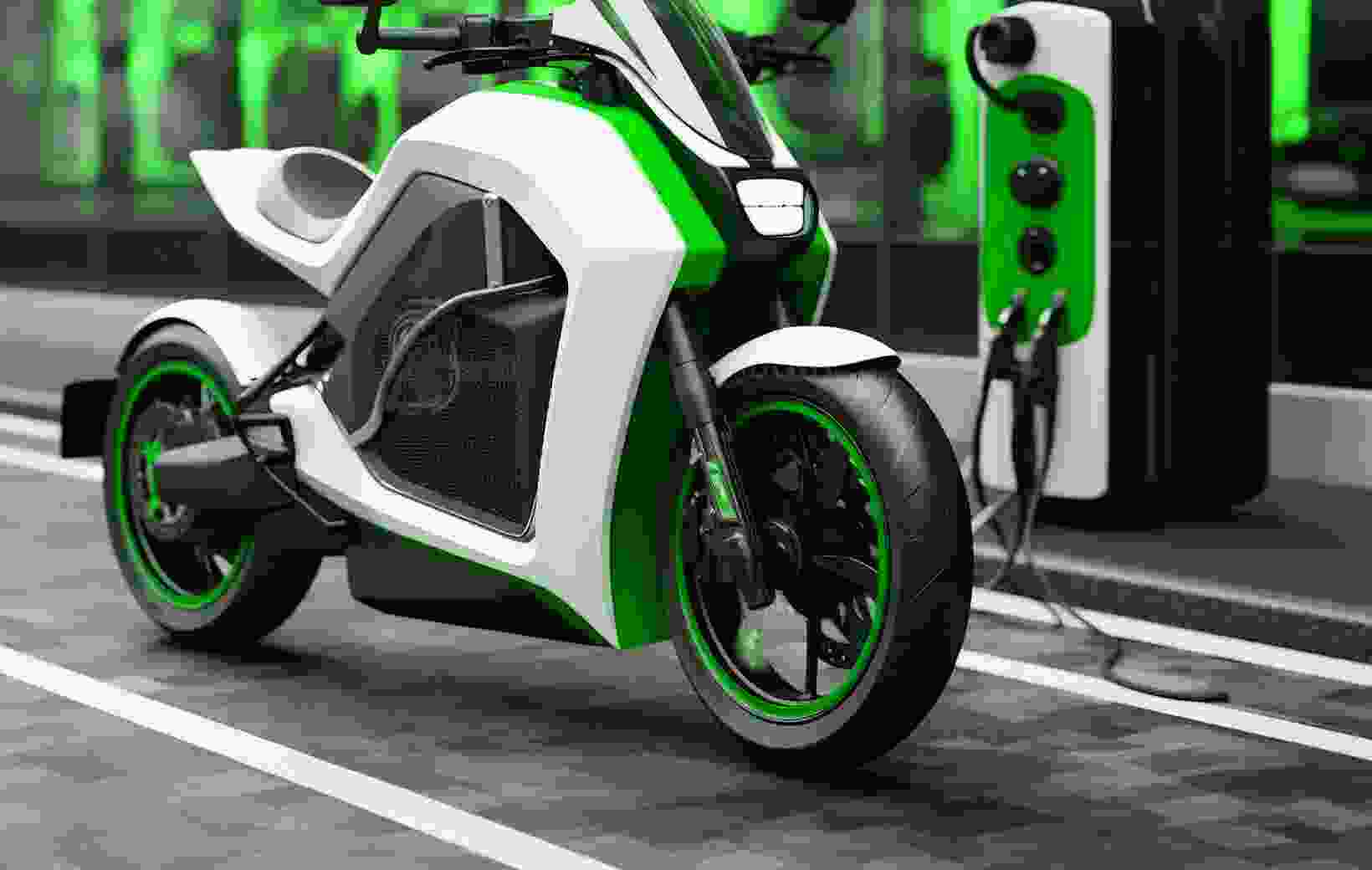Charging the Battery Immediately After a Ride
One of the most frequent mistakes riders make is plugging in the battery right after finishing a ride — especially if it was a long, uphill, or high-speed session. The battery and other electrical components are likely to be warm or even hot after usage. Charging a heated battery stresses the cells and shortens its lifespan.Why It’s a Problem:
Lithium-ion batteries are sensitive to temperature. Charging them while they are warm can cause chemical instability, leading to quicker capacity loss or even swelling and overheating in extreme cases.
How to Avoid It:
Let your eBike battery cool down for at least 30–60 minutes before charging.
If you’ve been riding in the sun or going uphill for long distances, give it more time.
Store your battery in a shaded or cool indoor location after a ride before plugging it in.

Leaving the Battery on the Charger for Too Long
Another damaging habit is leaving your battery plugged into the charger for too long — especially overnight or for several days. Many people assume that modern eBike chargers automatically stop charging once the battery is full, but that’s not always the case. Even if it stops charging, the trickle current or constant connection can slightly heat the battery and degrade it over time.
Why It’s a Problem:
Lithium-ion batteries degrade fastest when they’re kept at 100% charge for extended periods. This accelerates capacity loss and leads to a reduced range over time.
How to Avoid It:
Only charge the battery when needed — ideally up to 80–90% for daily use and 100% only before long rides.
Use a plug timer that cuts power after a set number of hours.
Disconnect the charger once the charging indicator shows full (usually 4–6 hours).Your eBike battery is one of the most expensive and vital components of your electric bicycle. Treating it with care, especially during the charging process, can dramatically extend its lifespan and keep your bike running efficiently for years. By avoiding these five common charging mistakes — from charging when the battery is hot to using the wrong charger — you ensure that your eBike remains a reliable and safe mode of transport.
UI Designer
"As a new eBike owner, I had no idea that some of my habits—like charging right after a ride or keeping it plugged in overnight—were actually damaging my battery. After reading this guide, I completely changed how I charge and store my battery. I’ve noticed better performance, longer range, and way less heat during charging. It's honestly a must-read for every eBike rider!"
Engineer
Integer porttitor diam turpis, vel aliquam tortor mollis sit amet. Pellentesque mattis ante ac leo tincidunt, a vestibulum augue elementum. Pellentesque pharetra mi sit amet nisi varius laoreet. Nunc pretium malesuada mpor tortor sagittis tincidunt eu vitae augue.
Tester
Nibh dapibus himenaeos; netus ornare fames nam. In vulputate quis nulla maximus sodales. Vestibulum non quis integer natoque porttitor dis est. Sed cras dis montes maximus neque donec sed. Conubia quisque dui metus eleifend mauris convallis.
Charging in Extreme Temperatures (Hot or Cold)
Temperature has a huge impact on battery charging safety and efficiency. Many riders attempt to charge their battery in freezing cold garages or under direct sunlight, not realizing that extreme temperatures can permanently damage the battery or cause unsafe conditions.
Why It’s a Problem:
Charging a cold battery (below 10°C or 50°F) can lead to lithium plating, which reduces battery life and may even cause internal shorts.
Charging in hot conditions (above 35°C or 95°F) can overheat the cells and lead to thermal runaway, a dangerous condition where the battery becomes unstable
How to Avoid It:
Charge your eBike indoors in a dry room-temperature area (ideally 10–25°C or 50–77°F).
Never charge the battery after it's been exposed to rain, snow, or direct sunlight.
During winter, bring the battery indoors for both storage and charging.Here are some bonus best practices to further preserve your eBike battery health:
Store the battery at 50–70% charge if you won’t be using the bike for weeks or months.
Don’t store your battery in humid places, near radiators, or in direct sunlight.
Clean your battery terminals occasionally to ensure solid contact during charging.
Consider using a battery cover or neoprene sleeve in cold weather to maintain temperature.
Monitor your range and charge behavior regularly — sudden drops in performance may signal it’s time for service.

Tags:
Comments ( 1 )
Comments are closed.


Potenti donec interdum sollicitudin erat ridiculus proin. Per eget mollis turpis id ut nostra. Tortor vulputate venenatis consectetur placerat euismod augue fermentum purus. Viverra varius nibh nisl venenatis nam eget sagittis.